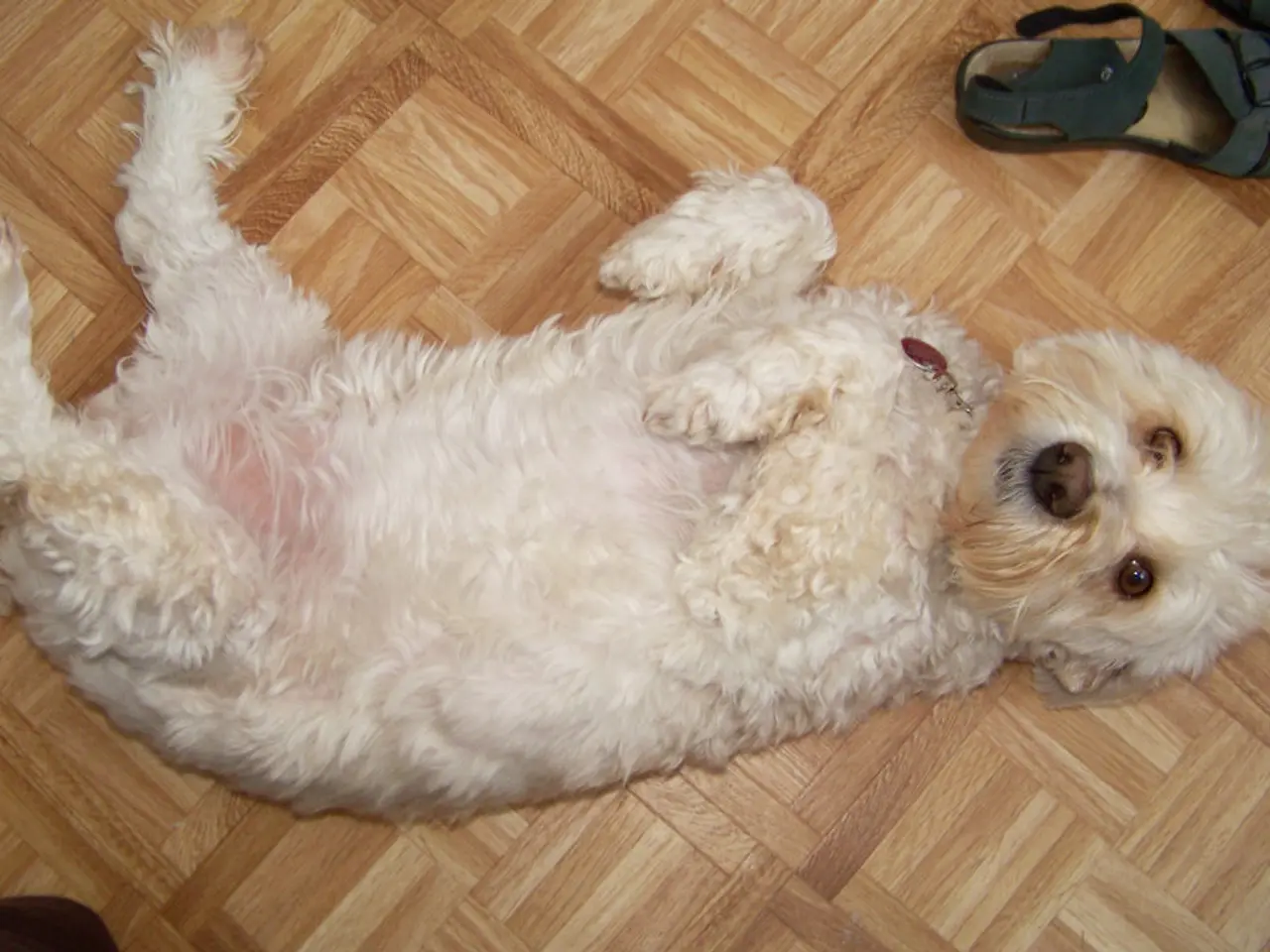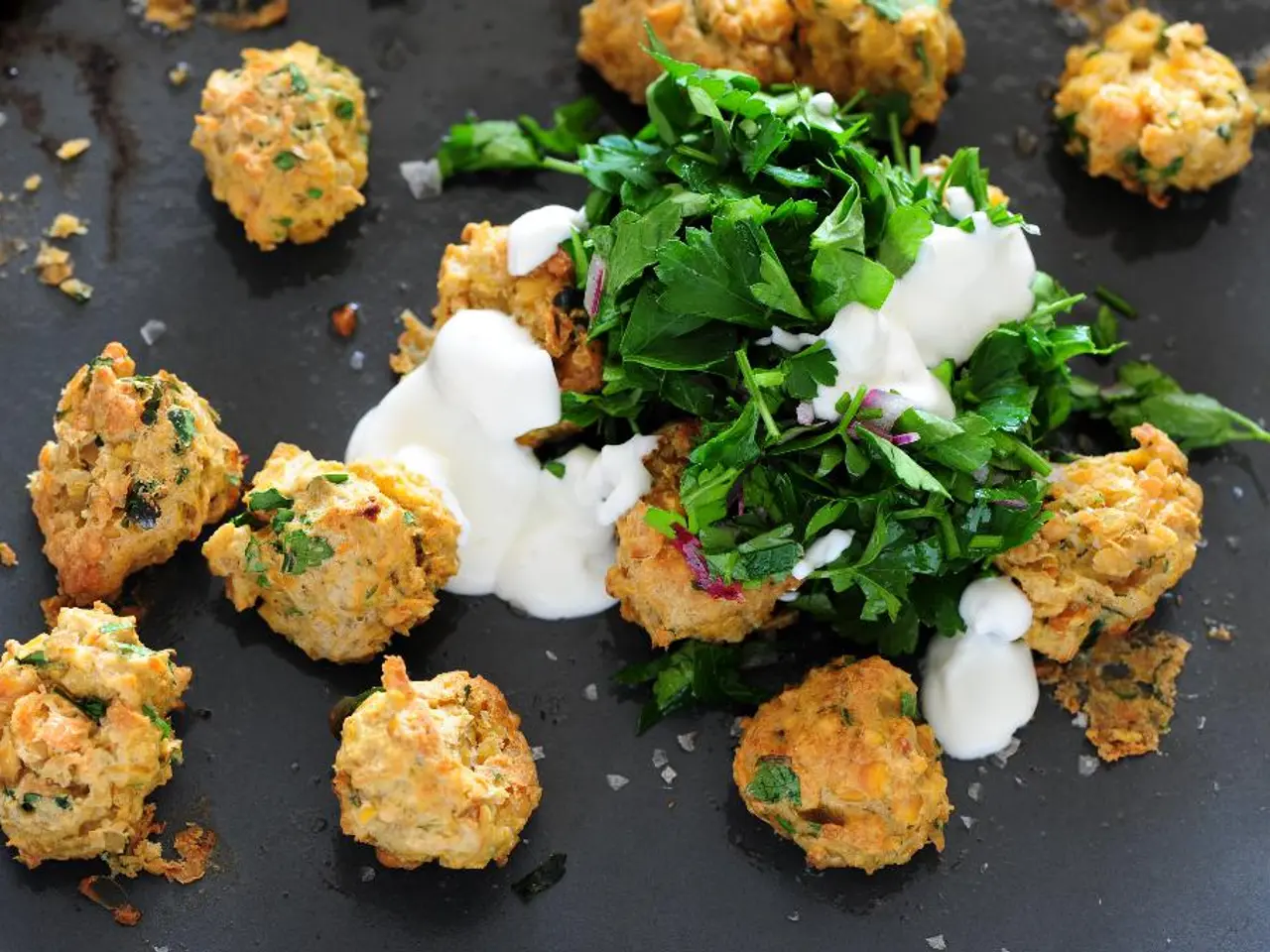Dog Dry Heaving in Dogs: Causes and Remedies
Dry heaving, or unproductive vomiting, in dogs is a significant sign of a serious condition known as gastric dilatation volvulus (GDV), also commonly referred to as bloat. This condition occurs when a dog's stomach fills with air and twists, cutting off blood flow and causing life-threatening complications.
To identify if your dog may be suffering from GDV, watch for the following critical symptoms:
- Dry heaving or repeated attempts to vomit without bringing anything up - a classic sign of GDV. - Excessive drooling or hypersalivation accompanying the dry heaving. - A bloated, hard, or distended abdomen that may look swollen like a “bowling ball” and feel tight to the touch. - Restlessness, pacing, or inability to get comfortable - your dog may seem agitated or in obvious distress after eating. - Laboured or rapid breathing and an increased heart rate, indicating pain and circulatory distress. - Other signs can include pale gums, weakness, collapse, and signs of abdominal pain.
Because GDV is a rapidly progressing emergency, immediate veterinary attention is vital if you observe these signs. Do not wait or try home remedies, as delays greatly increase the risk of death.
If your dog exhibits dry heaving along with any of these other symptoms, treat it as a medical emergency and get to a vet immediately. Early intervention is the best way to save your dog's life in cases of GDV.
Diagnostic testing, such as bloodwork, urinalysis, X-rays, and abdominal ultrasound, may be necessary to determine the specific cause of dry heaving. If GDV is confirmed, the dog will receive intravenous fluids, stomach decompression, anti-nausea medication, and emergency surgery may be discussed.
Preventative measures to reduce the risk of GDV include slowing down a dog's eating, keeping the dog calm after eating, and considering preventative surgery called a gastropexy for high-risk dogs. Dry heaving is more common in large, deep-chested dogs like Great Danes, Rottweilers, and German Shepherds.
The cost of GDV surgery ranges from $2,500 to $4,500, depending on location and other factors. If the cause of dry heaving is an obstruction, surgical removal of foreign material may be necessary.
It is important to distinguish between expelling saliva and true vomit when your dog dry heaves. Dry heaving looks like a wave of muscle contraction beginning in the deep abdomen and progressing toward the stomach and diaphragm.
Delaying treatment for GDV can lead to irreparable damage to a dog's stomach and spleen, and it is always fatal without treatment. GDV can put enough pressure on large blood vessels to prevent adequate circulation and on the diaphragm to prevent normal breathing, making it a very painful and dangerous condition.
Consult medical advice immediately if your dog is showing signs of dry heaving.
Pet insurance could help cover the expensive cost of treating gastric dilatation volvulus (GDV), a serious condition that presents symptoms such as dry heaving and bloating in dogs. Maintaining pet health through preventative measures like a gastropexy surgery for high-risk dogs, eating slowly, and keeping the dog calm after eating can reduce the risk of GDV, a health-and-wellness concern often seen in large, deep-chested breeds.




